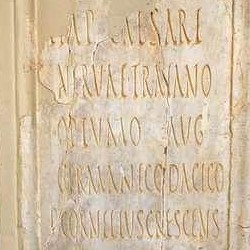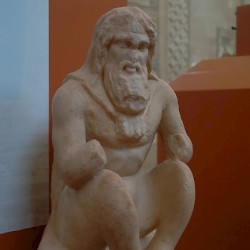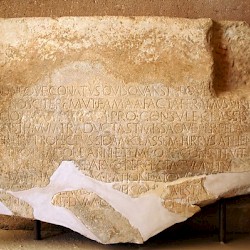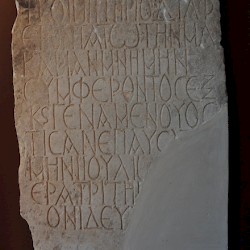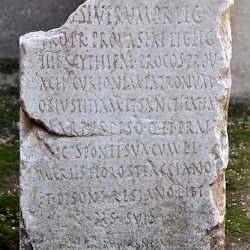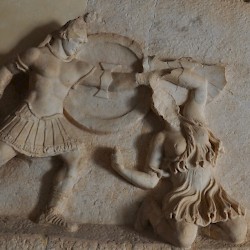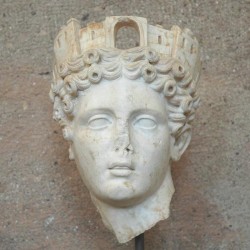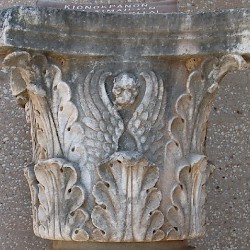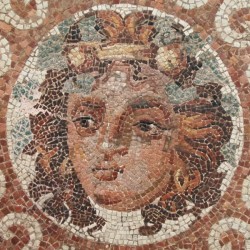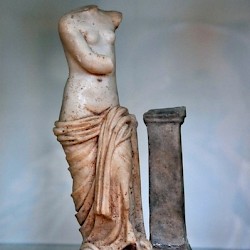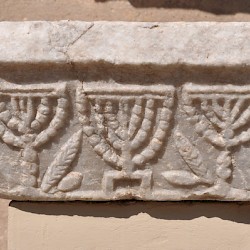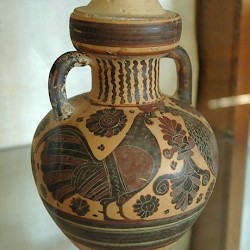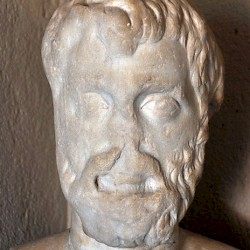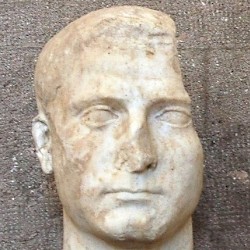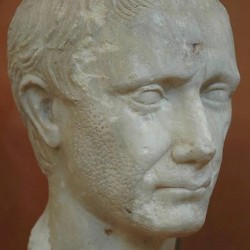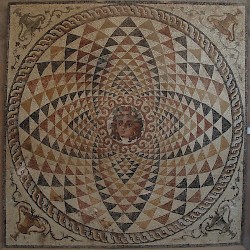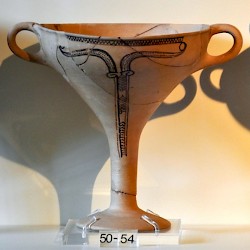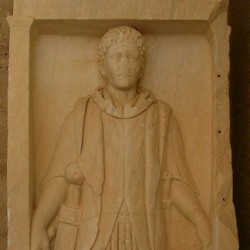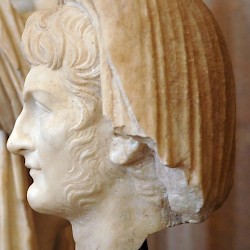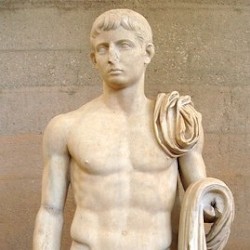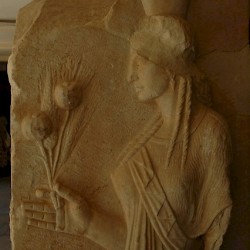Corinth, Archaeological Museum
Q4785384Corinth was one of the most important cities in the Archaic period. It was the mother-city of, for example, Corcyra (Corfu) and Syracuse, which means that it played an important role in the Greek expansion to the west. The ancient poets called it “rich in silver”, and if you look at the ancient temple of Apollo, you understand that it must have been a very wealthy city indeed. Yet, it was eclipsed by Athens and although it seemed to recover in the third century BCE, it was eventually sacked by the Romans, in 146 BCE. For a century, there was nothing left, but then, Julius Caesar refounded the city. Roman Corinth became the capital of the province of Achaea, and the archaeological remains are splendid.
Yet, the museum of what was one of the most important cities of Antiquity is a bit of a disappointment. This might have been something like the museums of Philippi, Thessaloniki, or Dion, which were also Roman cities; yes, it might even have been bigger, because there is also the archaic age. But the institute seems not to have benefitted from Greece’s recent investments in its archaeological museums. It is so old-fashioned that on some places, the explanatory signs have faded out.
That does not mean that it is a bad museum. On the contrary. The first room is devoted to the Mycenaean presence and has some splendid objects. The opposite room is devoted to the archaic age and contains some nice pottery. I was impressed by two six-century sphinxes, which once adorned a tomb.
The third room is devoted to Classical, Hellenistic and Roman art. Here, you will see splendid statues of the Julio-Claudian emperors, including an unshaved Julius Caesar; some nice pottery; mosaics (including a perfectly preserved Dionysiac one); and several fine statues. I loved the small Hellenistic statuettes of actors, one of them apparently playing Miles gloriosus. In a corridor you will see many reliefs from the theater: an Amazonomachy, Labors of Heracles, and a Gigantomachy. There’s also an inscription that commemorates that a Roman fleet, commanded by the grandfather of Mark Antony, crossed the Isthmus (name erased). At the end of the gallery is a tombstone of a legionary: the only one I’ve seen in Greece this week. This is not surprising, of course: the legions were on the frontier, not in the inner core of provinces.
The final room contains some Christian art.
The museum is next to the entrance of the site. At the exit are several restaurants; one of them uses the slogan that it has served “drinks since the age of Socrates” – just as infelicitous as “Odysseus Travel”, “Icarus Air”, and “Restaurant Saint Simeon”.
This museum was visited in 2010.
